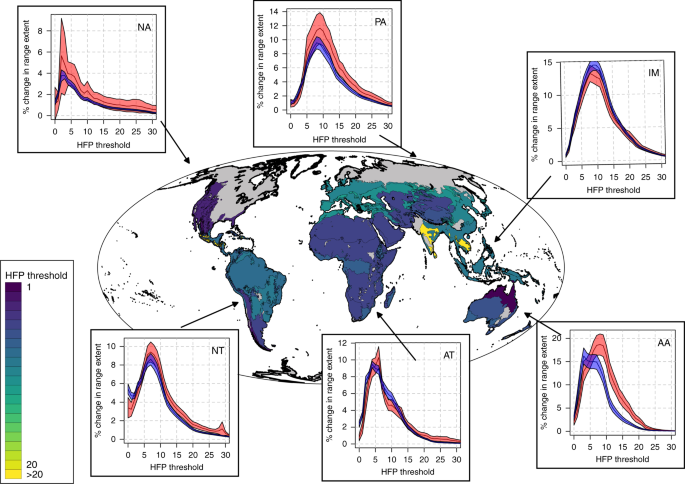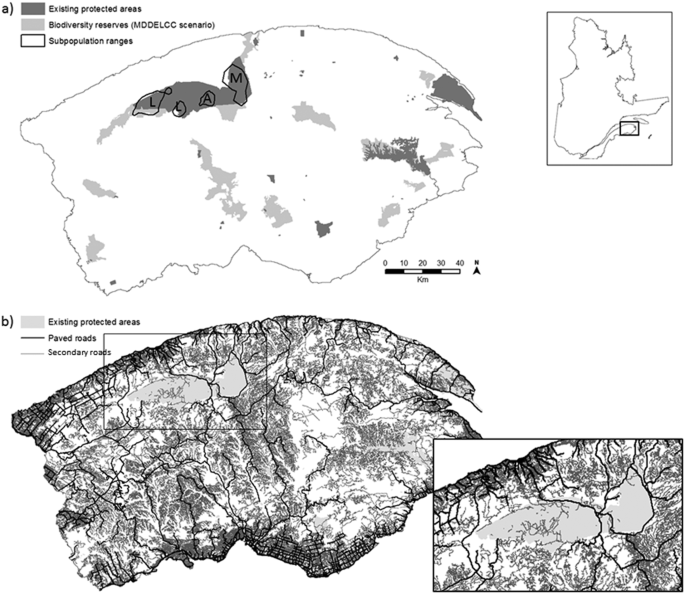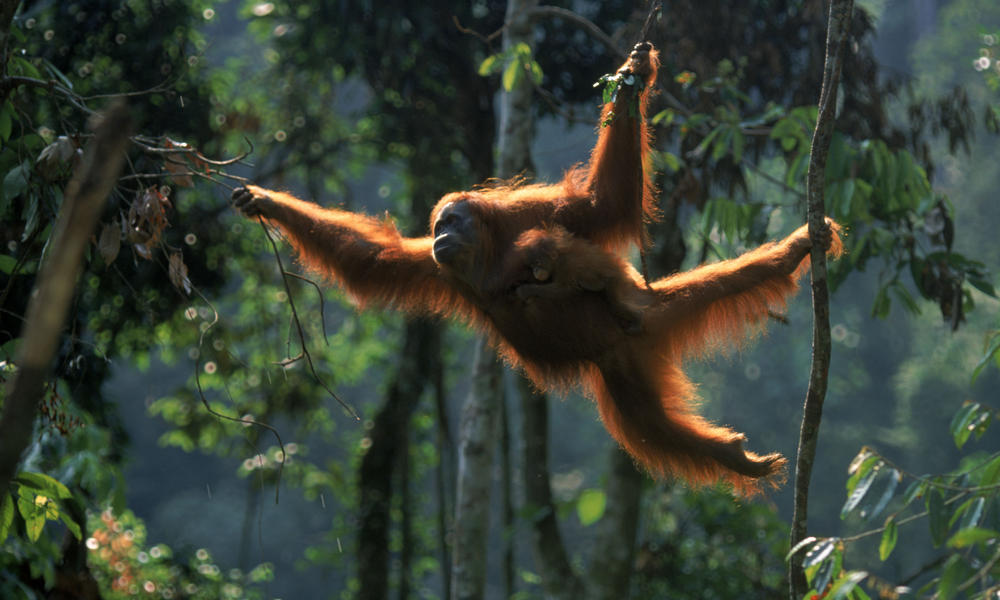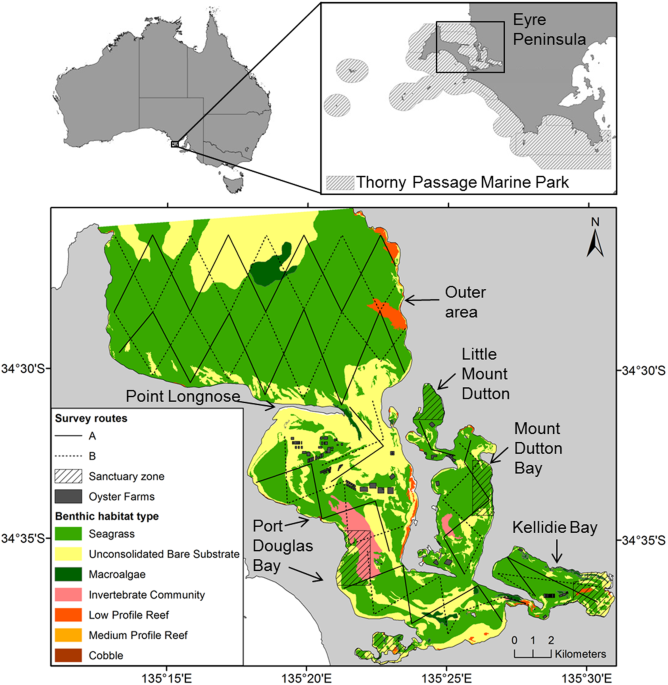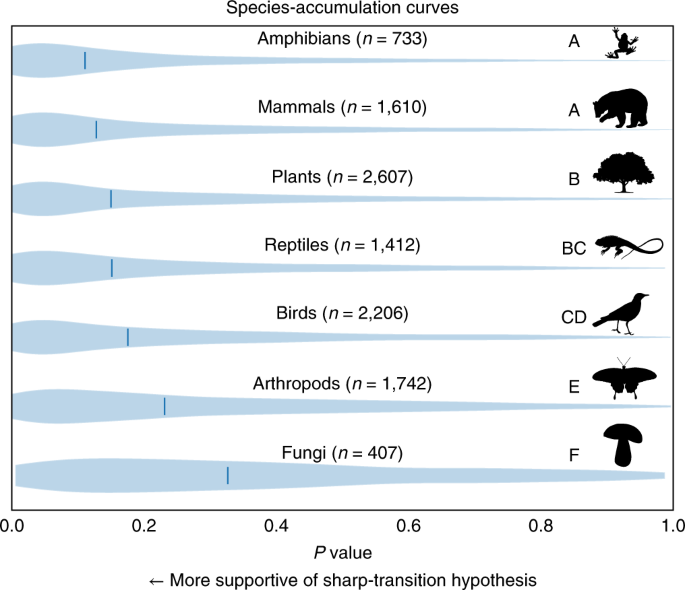
Abstract: "A foundational paradigm in biological and Earth sciences is that our
planet is divided into distinct ecoregions and biomes demarking unique
assemblages of species. This notion has profoundly influenced scientific
research and environmental policy. Given recent advances in technology
and data availability, however, we are now poised to ask whether
ecoregions meaningfully delimit biological communities. Using over 200
million observations of plants, animals and fungi we show compelling
evidence that ecoregions delineate terrestrial biodiversity patterns. We
achieve this by testing two competing hypotheses: the sharp-transition
hypothesis, positing that ecoregion borders divide differentiated biotic
communities; and the gradual-transition hypothesis, proposing instead
that species turnover is continuous and largely independent of ecoregion
borders. We find strong support for the sharp-transition hypothesis
across all taxa, although adherence to ecoregion boundaries varies
across taxa. Although plant and vertebrate species are tightly linked to
sharp ecoregion boundaries, arthropods and fungi show weaker
affiliations to this set of ecoregion borders. Our results highlight the
essential value of ecological data for setting conservation priorities
and reinforce the importance of protecting habitats across as many
ecoregions as possible. Specifically, we conclude that ecoregion-based
conservation planning can guide investments that simultaneously protect
species-, community- and ecosystem-level biodiversity, key for securing
Earth’s life support systems into the future."
Read More: https://www.nature.com/articles/s41559-018-0709-x

